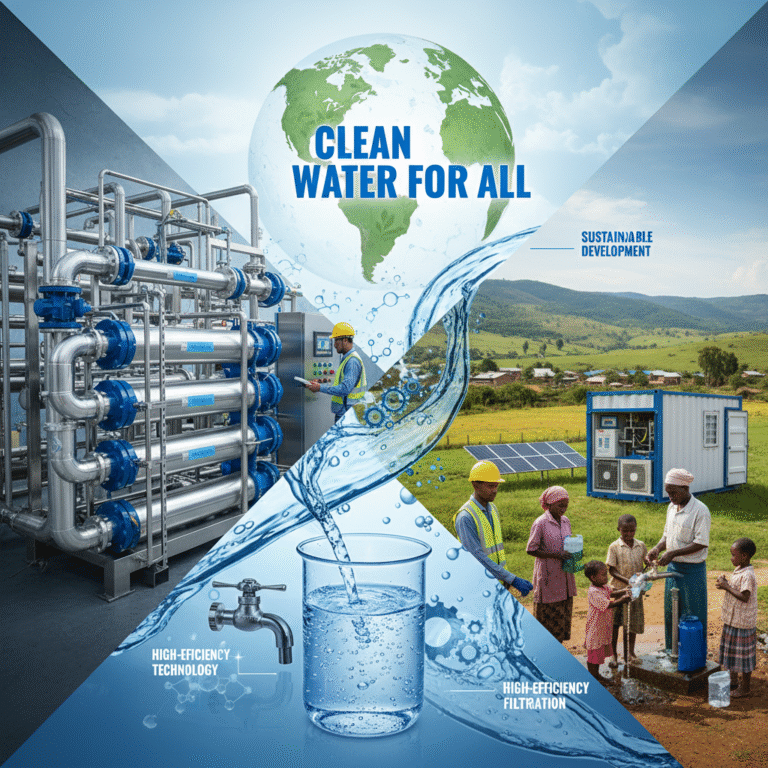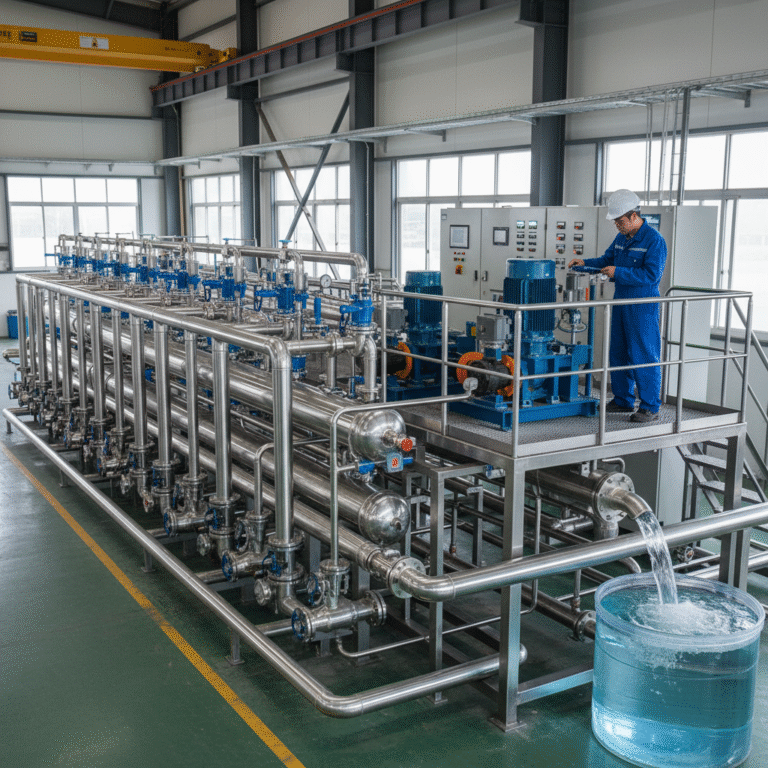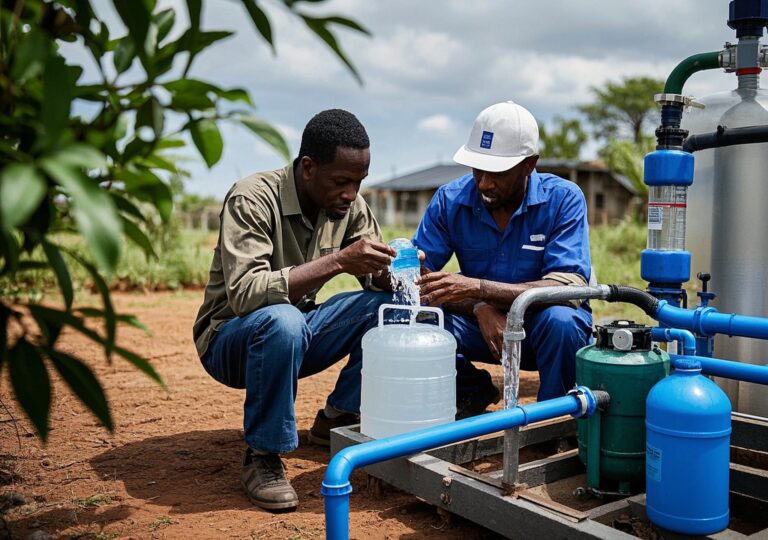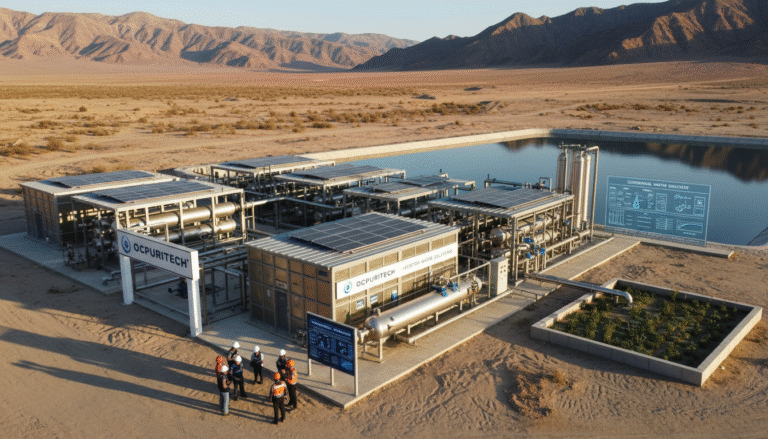Zest in Efficiency: Reverse Osmosis Water System Boosts Reliability
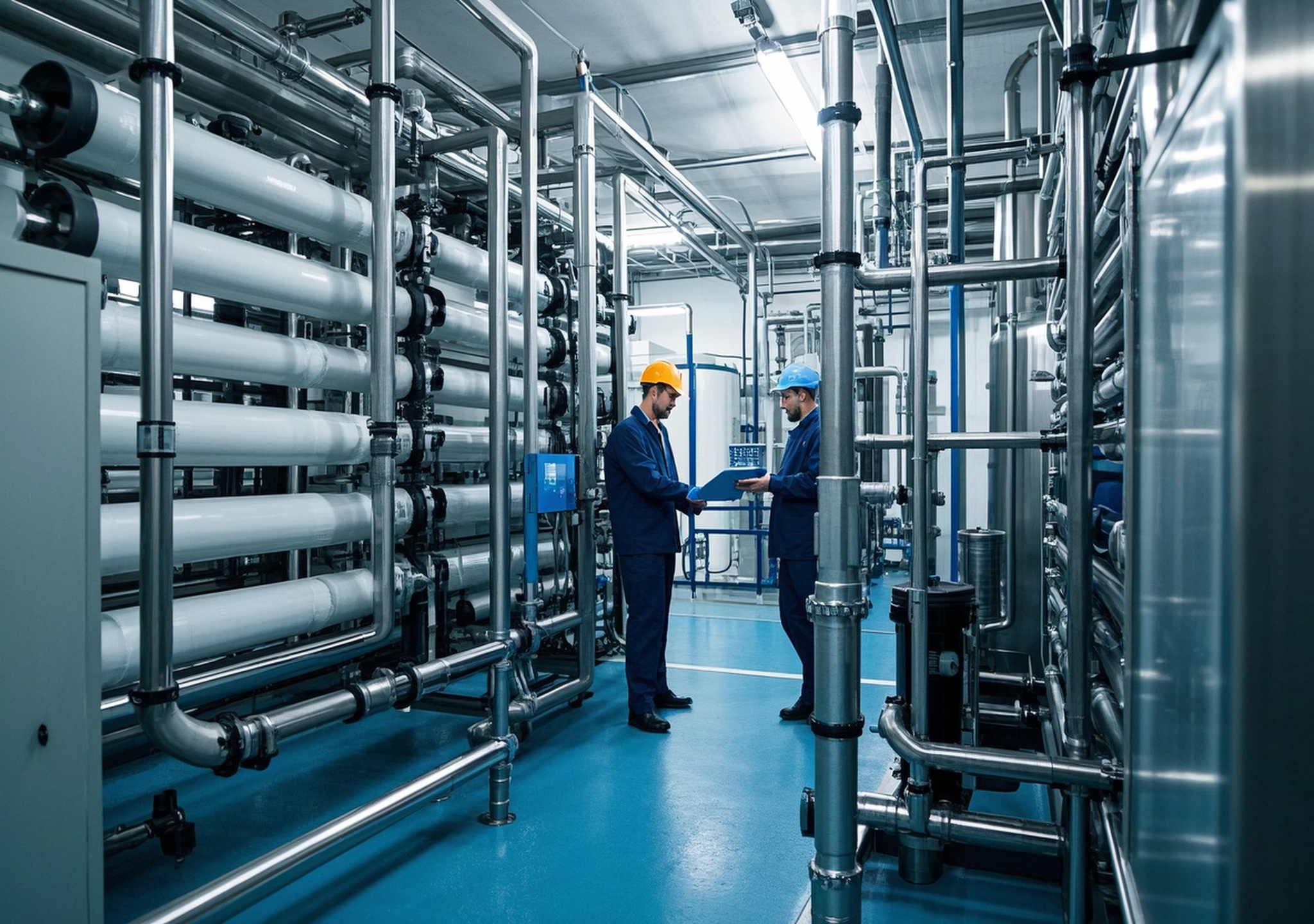
Zest in Efficiency: Reverse Osmosis Water System Boosts Reliability
In industrial water treatment, a reverse osmosis water system stands as a pivotal technology ensuring clean, reliable, and sustainable water supply. From mining and food processing to pharmaceuticals and municipal applications, this system efficiently removes contaminants while supporting operational continuity. This article provides an in-depth overview, from fundamental concepts to real-life applications, helping stakeholders understand the immense value and best practices around reverse osmosis (RO) technologies.
1. Product Overview: Types, Functions, and Industry Suitability
A reverse osmosis water purification system uses semi-permeable membranes to filter dissolved solids, contaminants, and pathogens from water. These systems vary widely in scale and complexity but share the same core function: delivering high-quality purified water by forcing water molecules through membranes, leaving impurities behind.
Industries benefiting from RO systems include:
- Mining: Removes heavy metals and suspended solids, critical for process water reuse.
- Food and Beverage: Ensures product safety by removing microbiological contaminants and chemical residues.
- Pharmaceuticals and Cosmetics: Provides ultra-pure water essential for formulations and sterilization.
- Laboratories and Ultra-pure Water Facilities: Delivers high resistance water for sensitive experiments.
- Municipal and Industrial Water Sources: Treats well water, river water, groundwater, and seawater for potable and process use.
- Boiler Water Treatment: Protects equipment from scaling and corrosion through high purity feed water.
The adaptability of RO systems enables them to fit diverse water qualities and production demands, enhancing their appeal across sectors.
2. Technical Principles and Key Components
At the core of the reverse osmosis water system technology is membrane filtration. The system applies pressure exceeding the osmotic pressure on feed water, forcing water molecules through the RO membrane while rejecting contaminants such as:
- Dissolved salts and minerals (e.g., sodium, chloride)
- Organic compounds
- Bacteria and viruses
- Colloids and suspended solids
Key technical components include:
- RO Membranes: Thin-film composite membranes offering high rejection rates (>95%) of total dissolved solids (TDS). Their performance dictates system efficiency.
- High-Pressure Pump: Drives feed water through membranes, optimizing permeate flow.
- Pre-treatment Unit: Includes filters and water softeners that protect membranes from fouling and scaling.
- Post-treatment Modules: Sometimes added for pH adjustment or disinfection, ensuring end-use water meets standards.
- Automation and Control Systems: Digital controllers monitor pressure, flow, and water quality to maintain reliability and optimize operation.
In my experience working with industrial projects, systems integrating real-time monitoring significantly reduced downtime by early fault detection, saving operators substantial maintenance costs.
3. Price Breakdown and Investment Value
The investment in a reverse osmosis water purification system involves several cost elements:
| Cost Component | Description | Investment Insight |
|---|---|---|
| Base System | Membranes, pressure vessels, pumps, basic frame. | Accounts for ~60-70% of total cost; quality membranes impact longevity. |
| Pre-treatment Modules | Filters, softeners, chemical dosing units. | Essential to protect membranes; impacts long-term operating costs. |
| Automation & Controls | Instrumentation, sensors, control software. | Improves efficiency and reduces labor; beneficial in large-scale plants. |
| Installation & Commissioning | Site preparation, piping, electrical works. | Varies with location and complexity; must be planned thoroughly. |
| Operating & Maintenance | Membrane replacements, energy, chemicals. | Typically 10-15% of initial investment annually; optimized operation reduces this. |
Evaluating lifecycle costs rather than upfront price offers better insight into system value. For industrial clients I’ve supported, a properly maintained RO system pays for itself within 2-3 years via reduced downtime and improved product quality.
4. Performance Specifications and Quality Assurance
Quality and reliability are paramount for RO systems, with key performance indicators including:
- Rejection Rate: Typically 95-98% for dissolved solids.
- Recovery Rate: Percentage of feed water converted to purified water, ranging 50-85%, affecting water efficiency.
- System Flux: Membrane permeate flow rate per unit area, optimized to prevent fouling.
- Feed Water Quality Range: Systems should accommodate variable TDS levels, up to seawater salinity if needed.
Material selection—such as corrosion-resistant stainless steel pressure vessels and FDA-approved membrane materials—ensures durability. Manufacturers often conform to ISO and NSF certification standards, providing further assurance.
My supervisory role in multiple industrial plants has confirmed that adherence to standard operation protocols and routine membrane cleaning extends functional membrane life from an expected 1-2 years to 3-5 years, significantly enhancing ROI.
5. Market and Application Scenario Analysis
The global market for reverse osmosis membranes was valued at approximately $6.9 billion in 2023 and is projected to grow at a CAGR of 8.9% through 2030, driven primarily by rising demand for clean water in industrial and municipal sectors (Grand View Research).
In regions with high groundwater salinity and industrial pollutants, reverse osmosis water systems effectively address water quality challenges, enabling industries to meet regulatory and sustainability goals. For example, mining operations in arid zones utilize RO treatment to recycle process water, dramatically reducing freshwater intake.
For urban water utilities, integrating RO membranes enhances potable water supply reliability amidst growing contamination pressures and climate change impacts.
6. Case Studies: Demonstrable Industrial Benefits
Case 1: A pharmaceutical plant adopted an advanced RO water purification system tailored for their formulation needs. Through enhanced membrane selectivity and automated cleaning cycles, the plant achieved a 20% reduction in water consumption and ensured endotoxin-free water, meeting stringent regulatory standards.
Case 2: In a food processing facility, implementing a whole-house reverse osmosis filtration system reduced equipment scaling by 40%, prolonging machinery service life and reducing maintenance downtime.
Case 3: A municipal water treatment plant retrofitted its old filtration unit with an industrial RO water treatment plant, achieving better rejection of emerging contaminants and satisfying WHO drinking water guidelines, benefiting over 500,000 residents.
7. Customized Solutions and Service Support
Customization is key for maximizing the efficacy of RO systems. Depending on feed water characteristics and purity requirements, pre-treatment options like sediment filters, activated carbon, or water softeners are configured. Post-treatment often includes UV sterilization or mineral reintroduction for taste adjustment.
Installation and commissioning services ensure seamless integration with existing infrastructure. Ongoing maintenance, including routine membrane cleaning and system diagnostics, preserves performance and throughput.
My consultancy experiences stress the importance of comprehensive service contracts covering regular system health checks, which have reduced unexpected failures by 30% for clients operating in harsh environments.
8. Manufacturer Profile and Collaborative Advantages
Leading RO system manufacturers combine decade-spanning membrane technology expertise with ISO 9001 and NSF certifications. Their R&D centers continuously improve membrane materials, achieving higher flux and fouling resistance.
Partnerships often extend to customized engineering solutions, onsite training, and remote monitoring capabilities—significantly enhancing user confidence and system uptime.
9. Conclusion and Investment Recommendations
The reverse osmosis water system has proven indispensable in industrial water treatment for its robust purification capabilities and adaptability. Key takeaways include:
- Significant improvements in water quality and operational reliability
- Long-term cost benefits through efficient membrane technology and reduced maintenance
- Customization and automation enhancing adaptability and reducing human error
- Support from experienced manufacturers ensuring quality and service continuity
Businesses targeting sustainable operations and regulatory compliance should consider investing in advanced RO systems with comprehensive service packages. Early allocation to proper pre-treatment and training maximizes system life and delivers strong ROI.
As clean water demand intensifies globally, embracing technologically advanced and reliable reverse osmosis water purification solutions will future-proof industrial water management effectively.
References
Grand View Research – Reverse Osmosis (RO) Membrane Market Size, Share & Trends Analysis Report (2023-2030)
The report highlights an expanding market driven by stringent water quality regulations and increased water reuse needs in industrial and municipal sectors.

